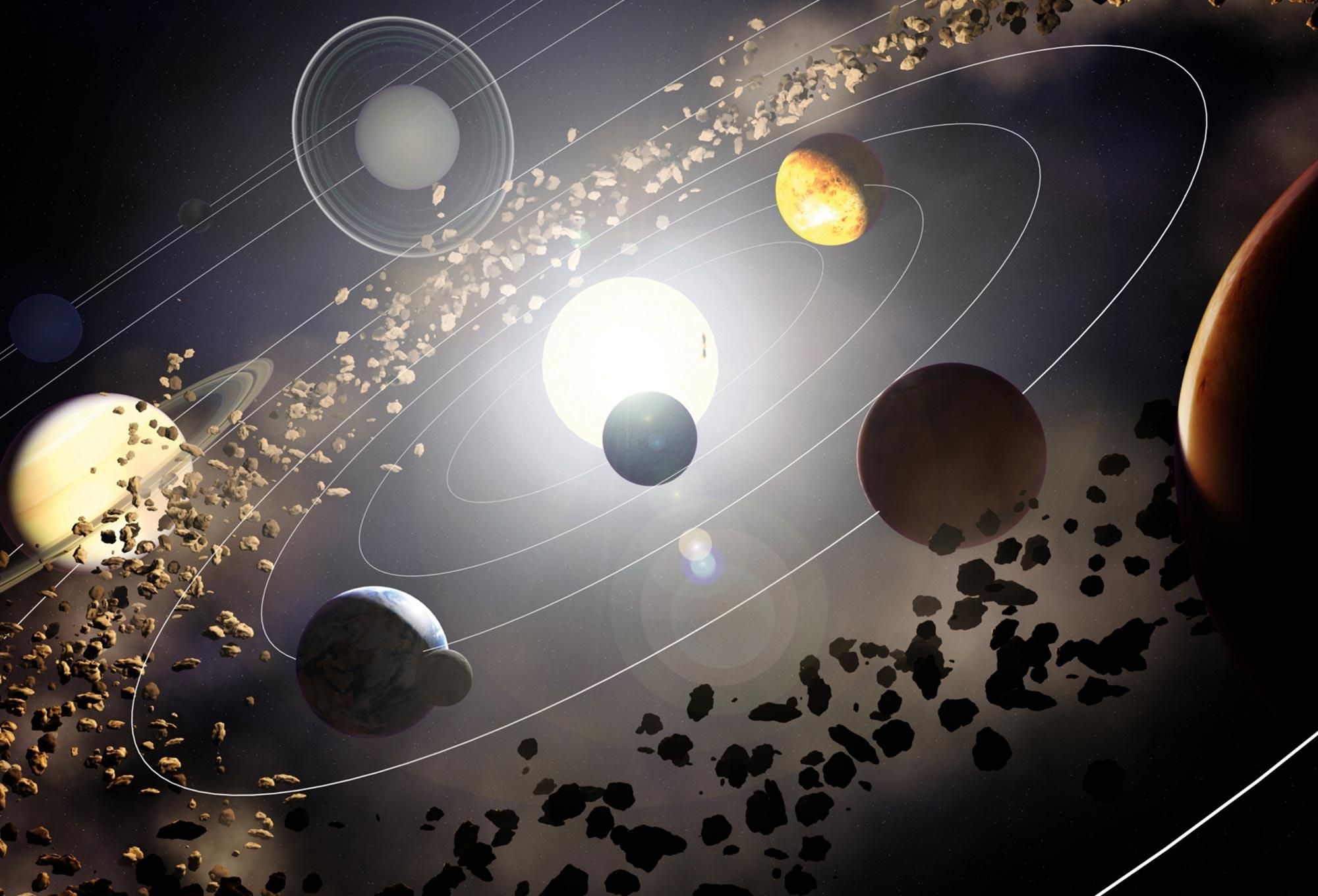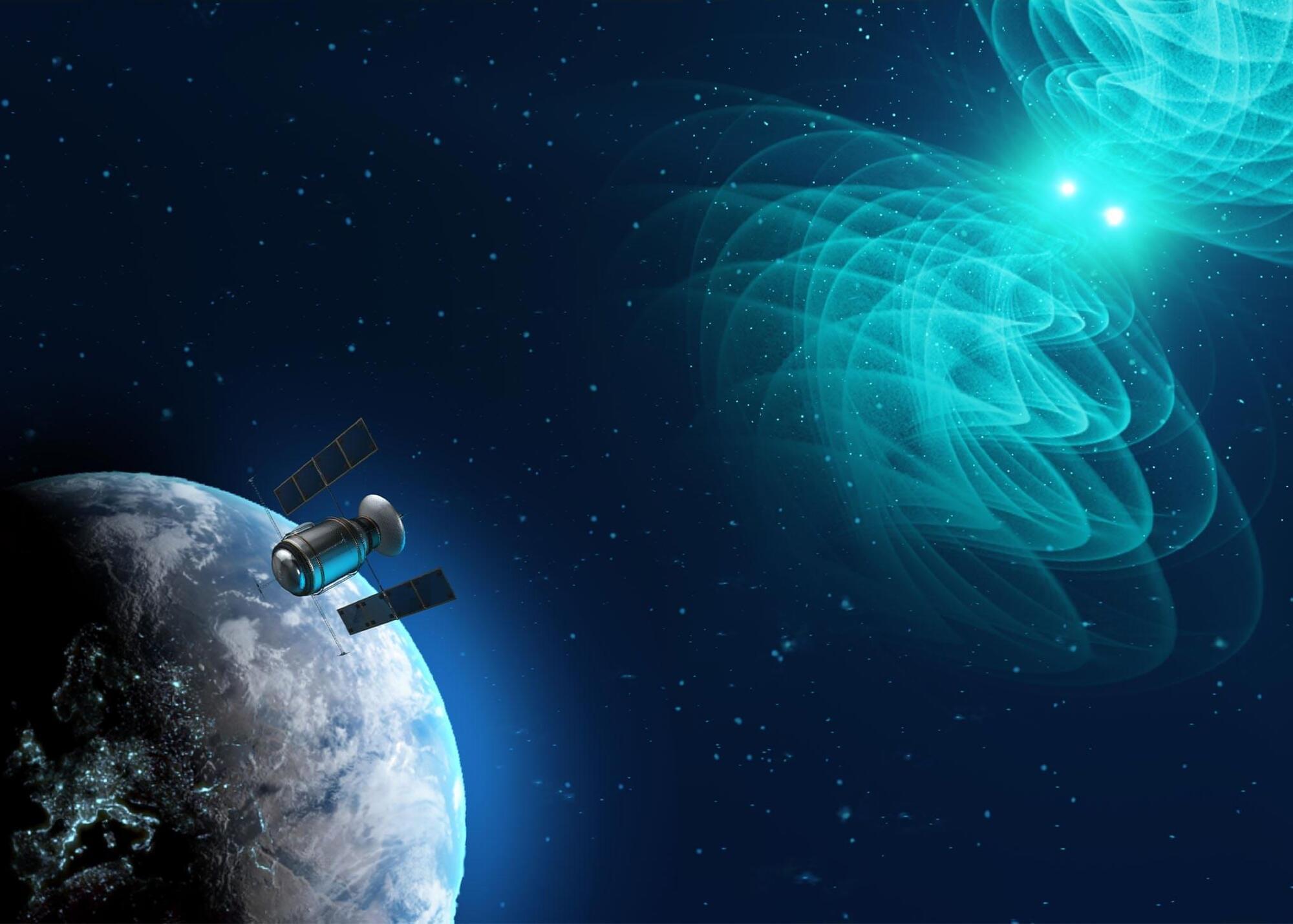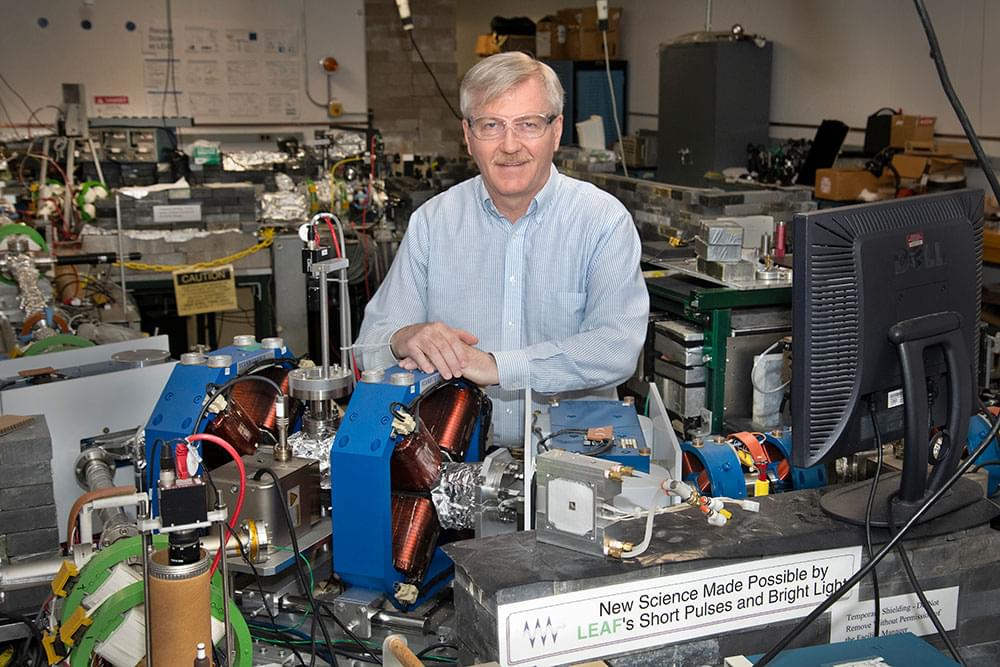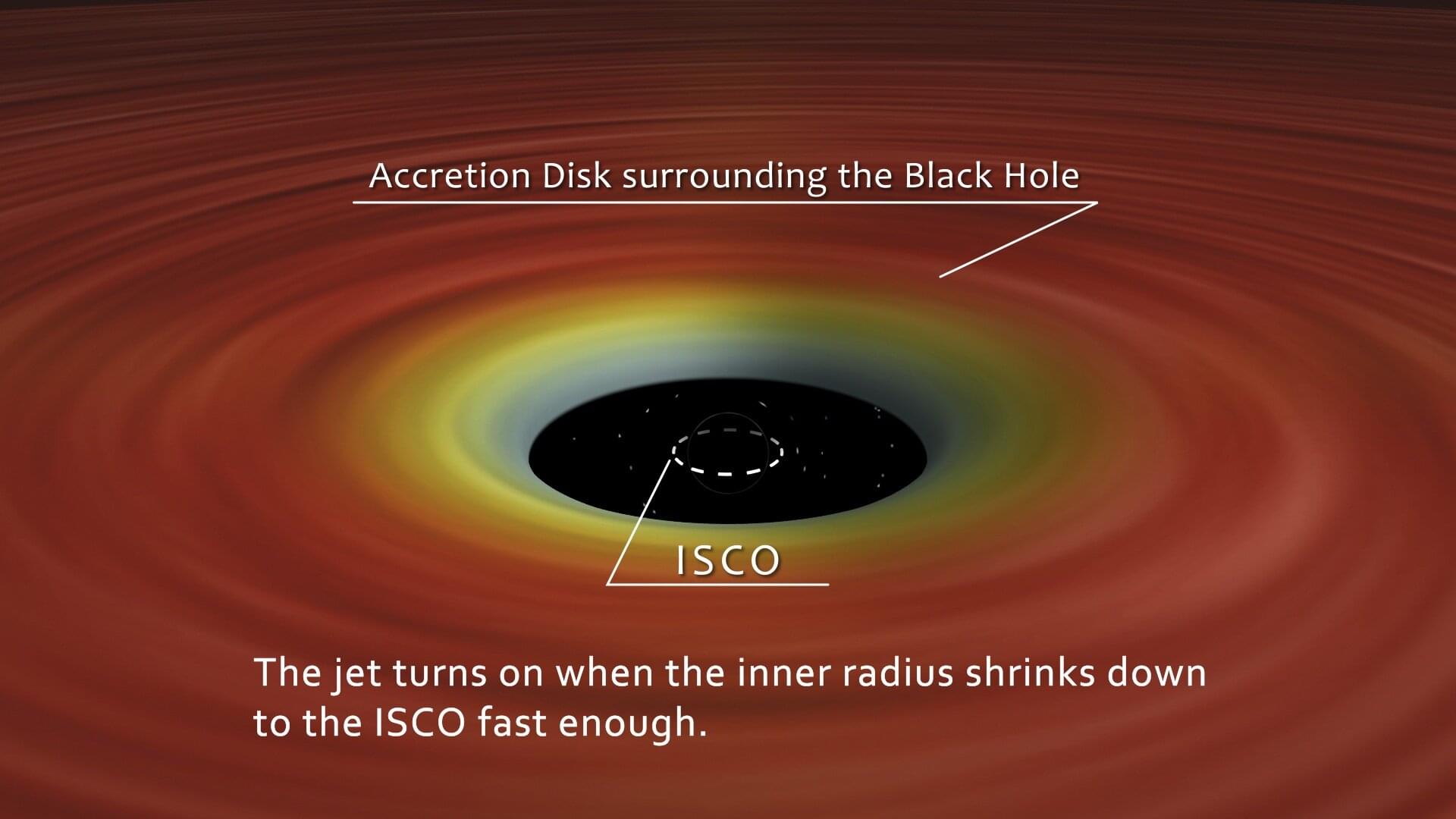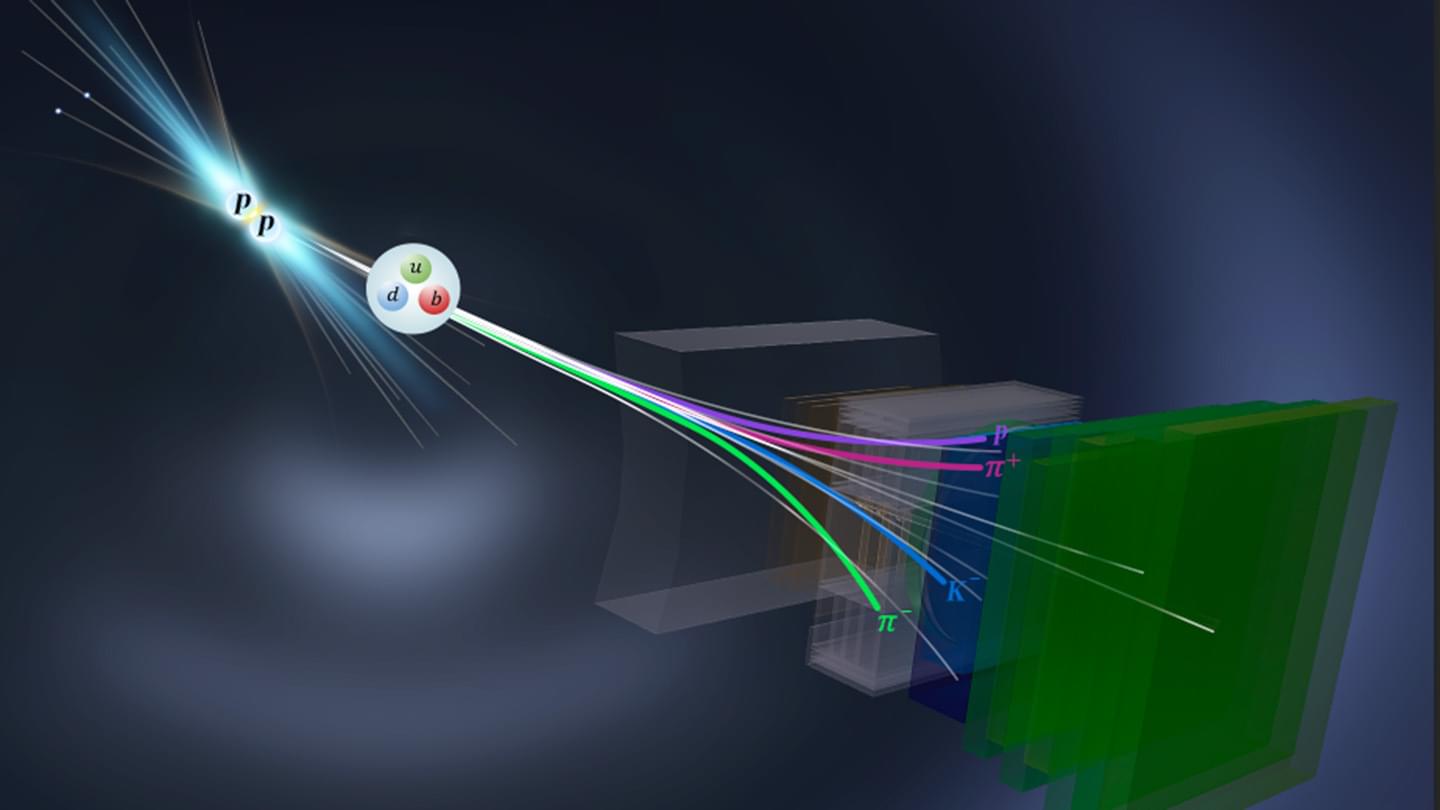
Nietzsche’s intuition about time’s nature likely emerged from his engagement with contemporary scientific thought, particularly the work of Johann Friedrich Herbart and Roger Joseph Boscovich, whose atomistic theories influenced Nietzsche’s conception of force and matter (Small, 2001). Additionally, Nietzsche’s reading of Heinrich Czolbe and Otto Caspari exposed him to cyclical cosmological theories that were precursors to modern conceptions of cosmological cycles.
More compelling than these historical influences, however, is the philosophical insight Nietzsche demonstrated in recognizing that a truly eternal cosmos with finite configurations must contain repetition. This insight, while not formulated in the mathematical language of relativity, nevertheless grasped a fundamental consequence of infinite time and finite states — one that would later be encoded in physical theory.
The convergence between Nietzsche’s eternal recurrence and modern physics becomes even more significant when we recognize similar conceptions in numerous cultural and religious traditions. This suggests a perennial human intuition about time’s nature that transcends historical and cultural boundaries.
